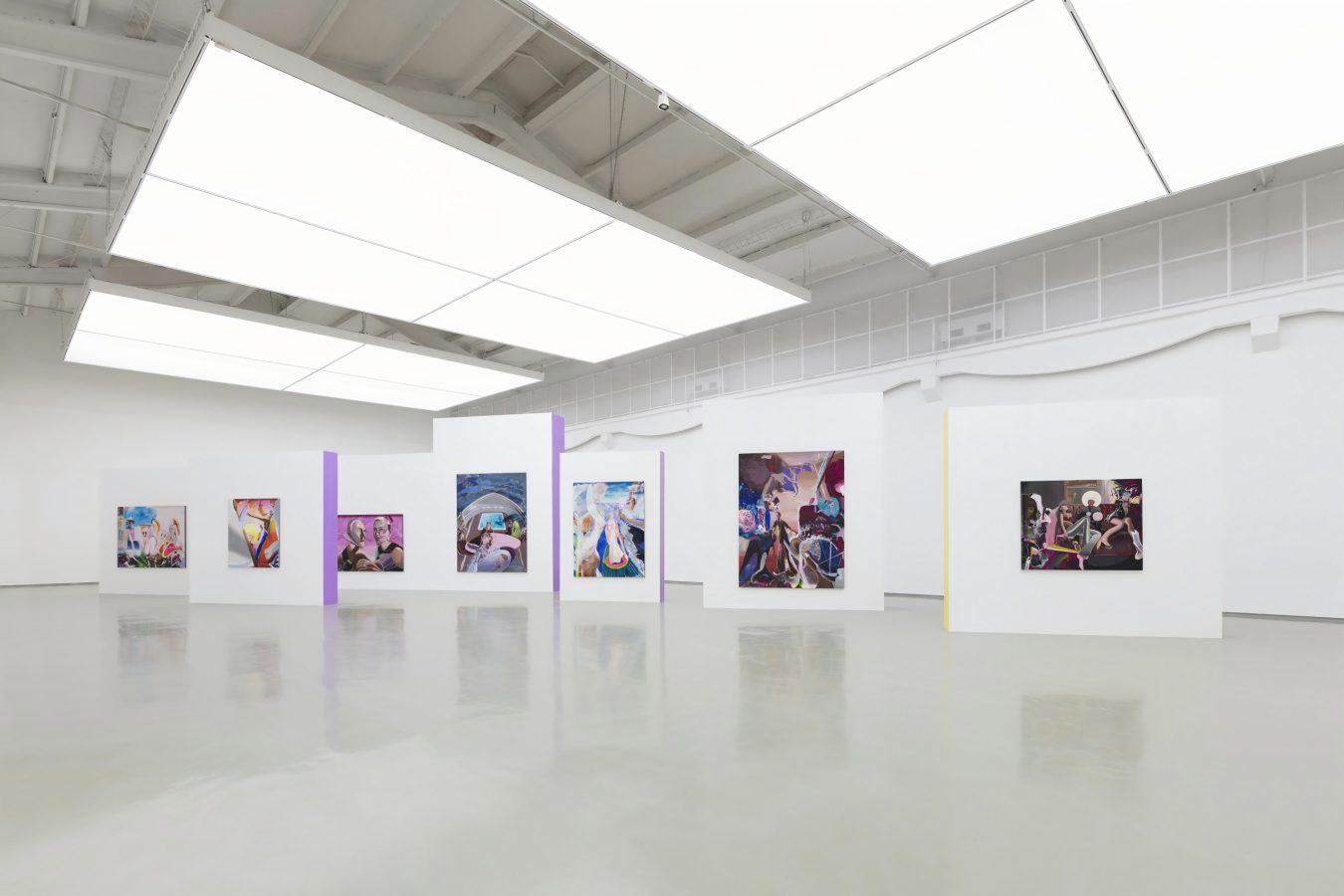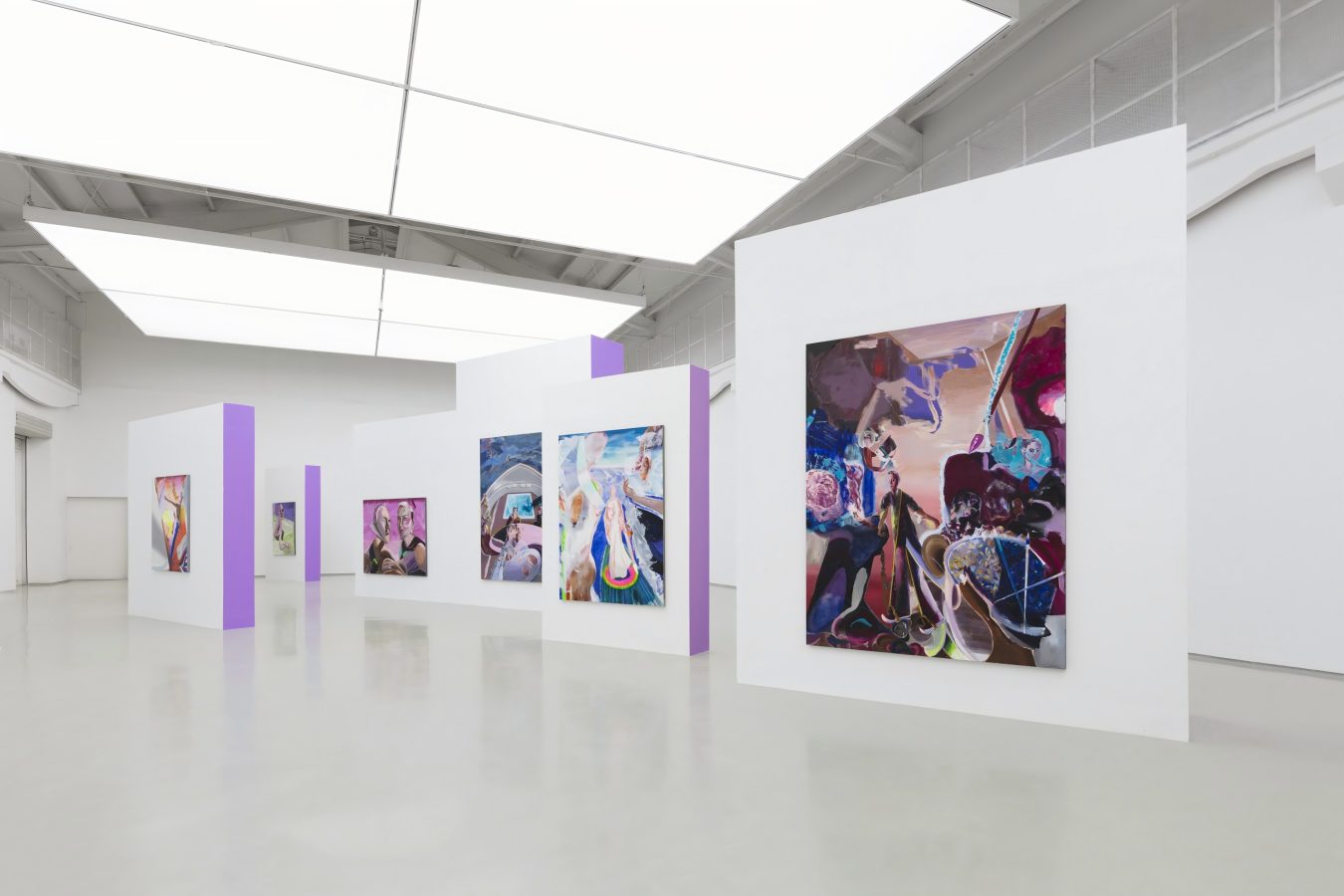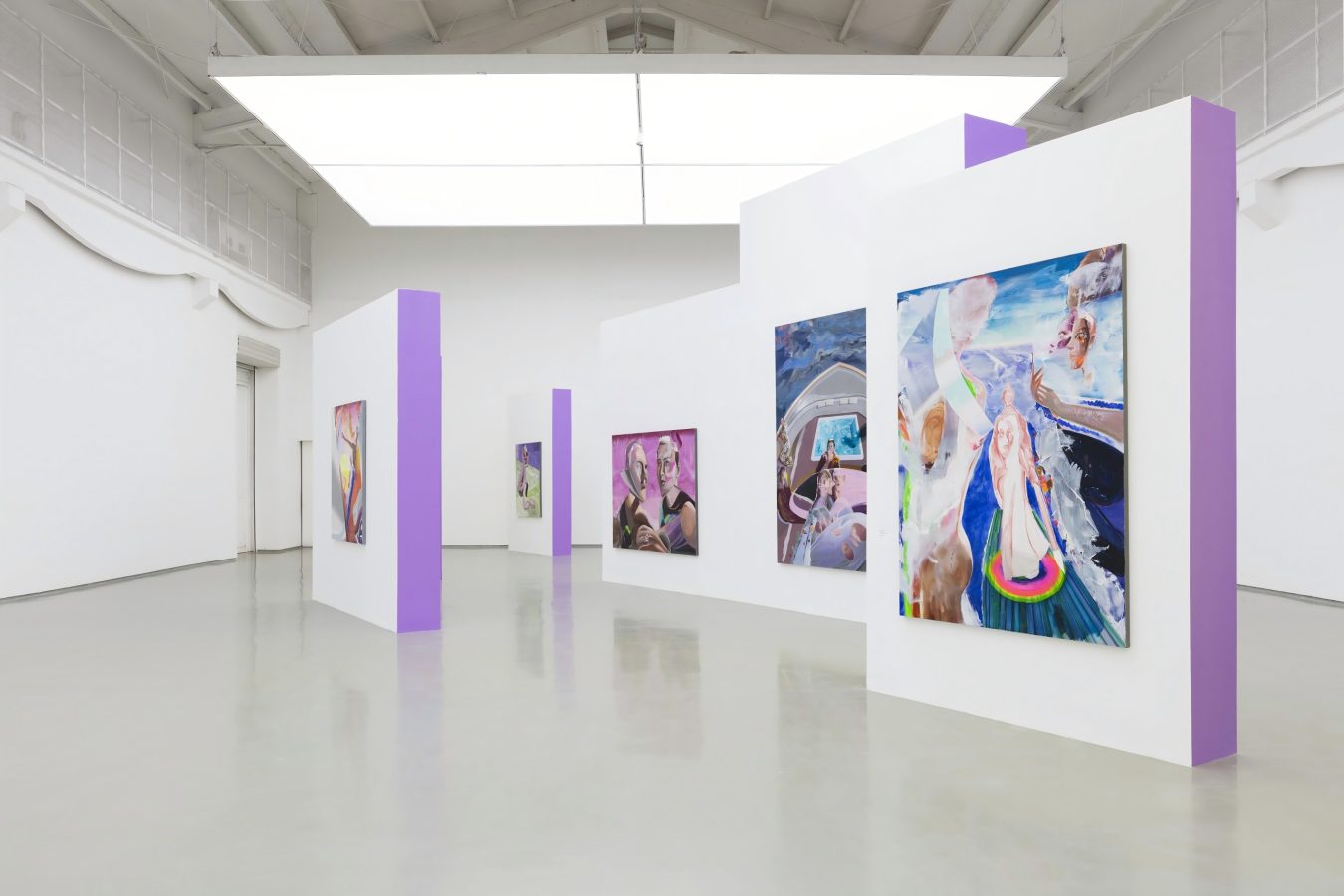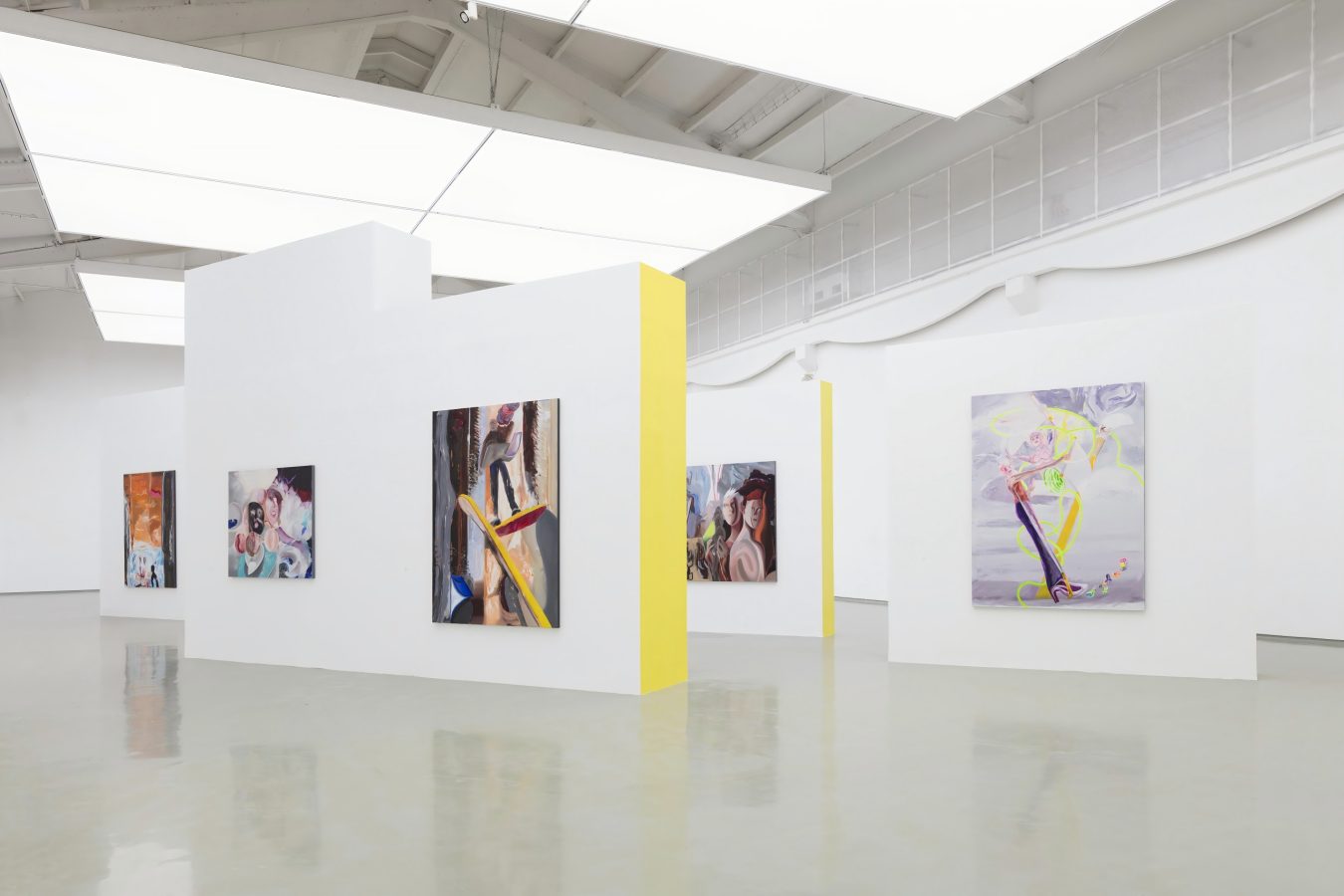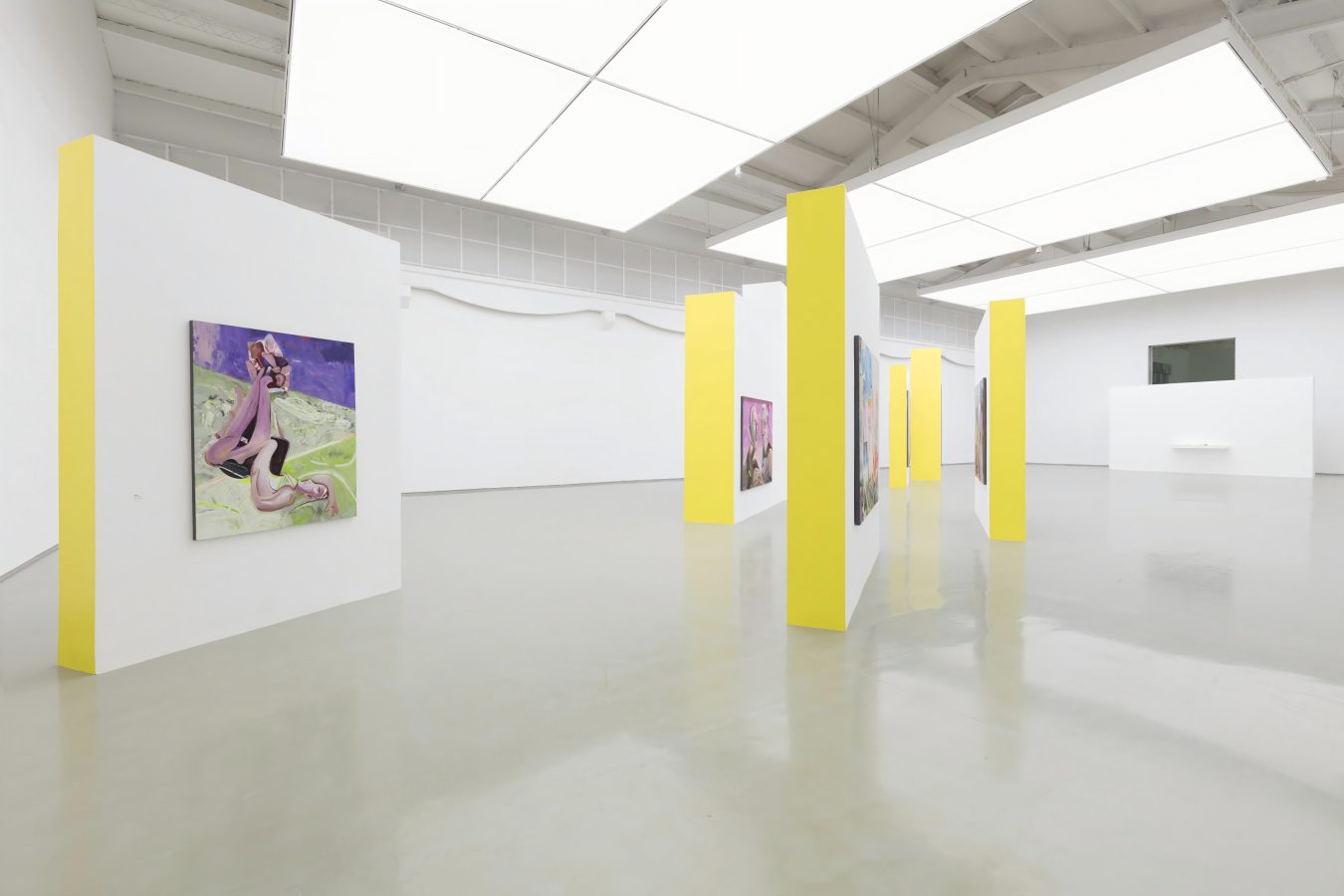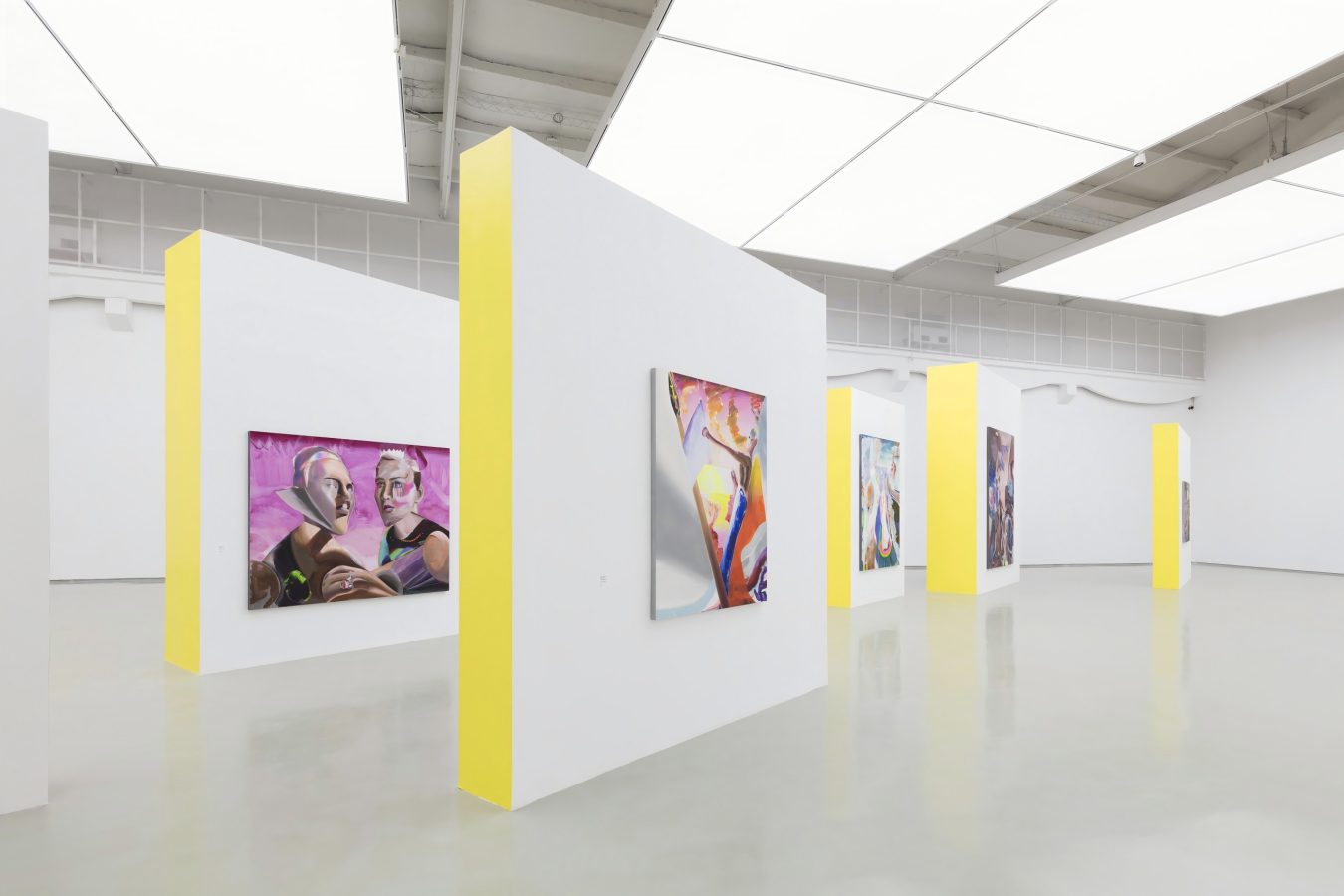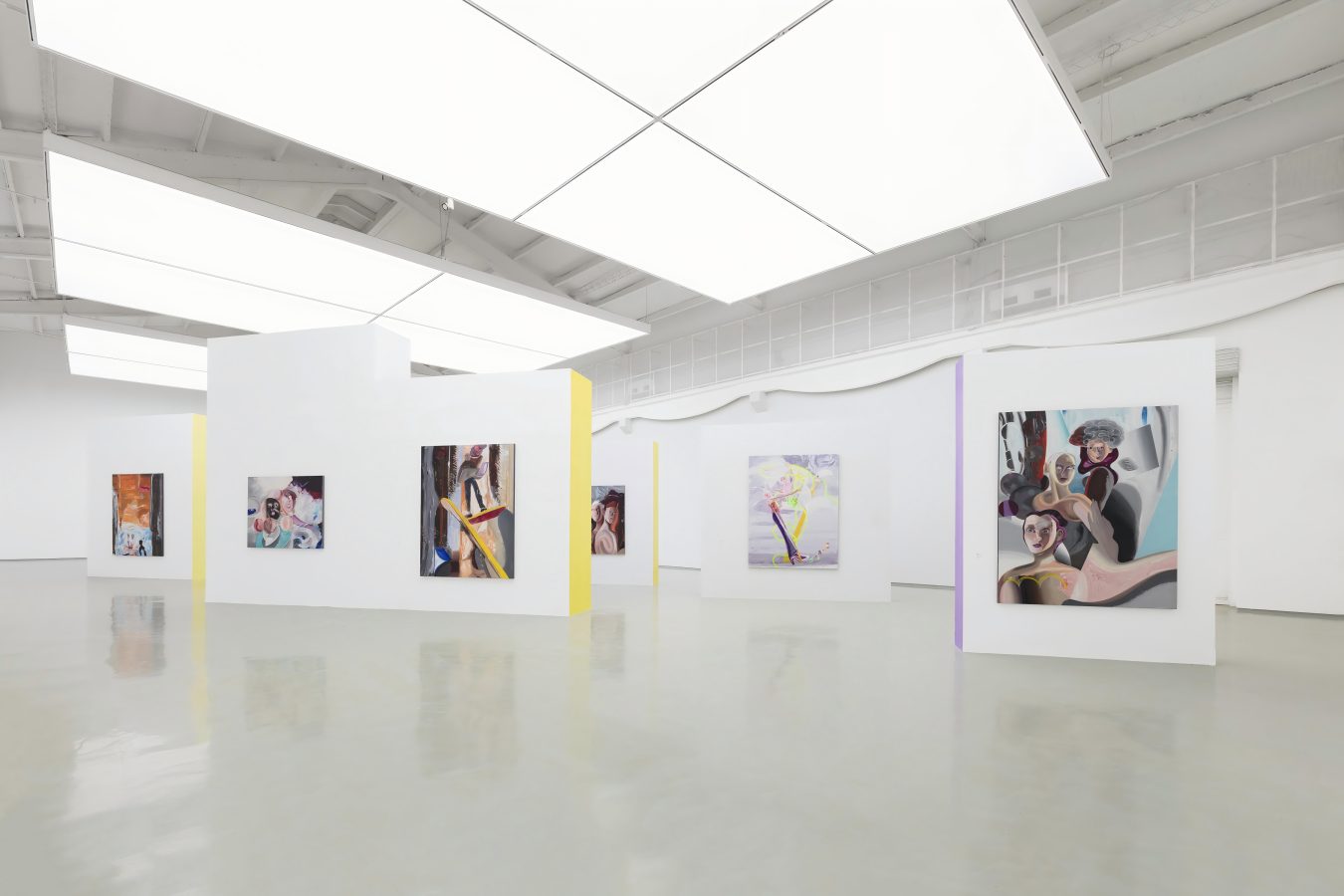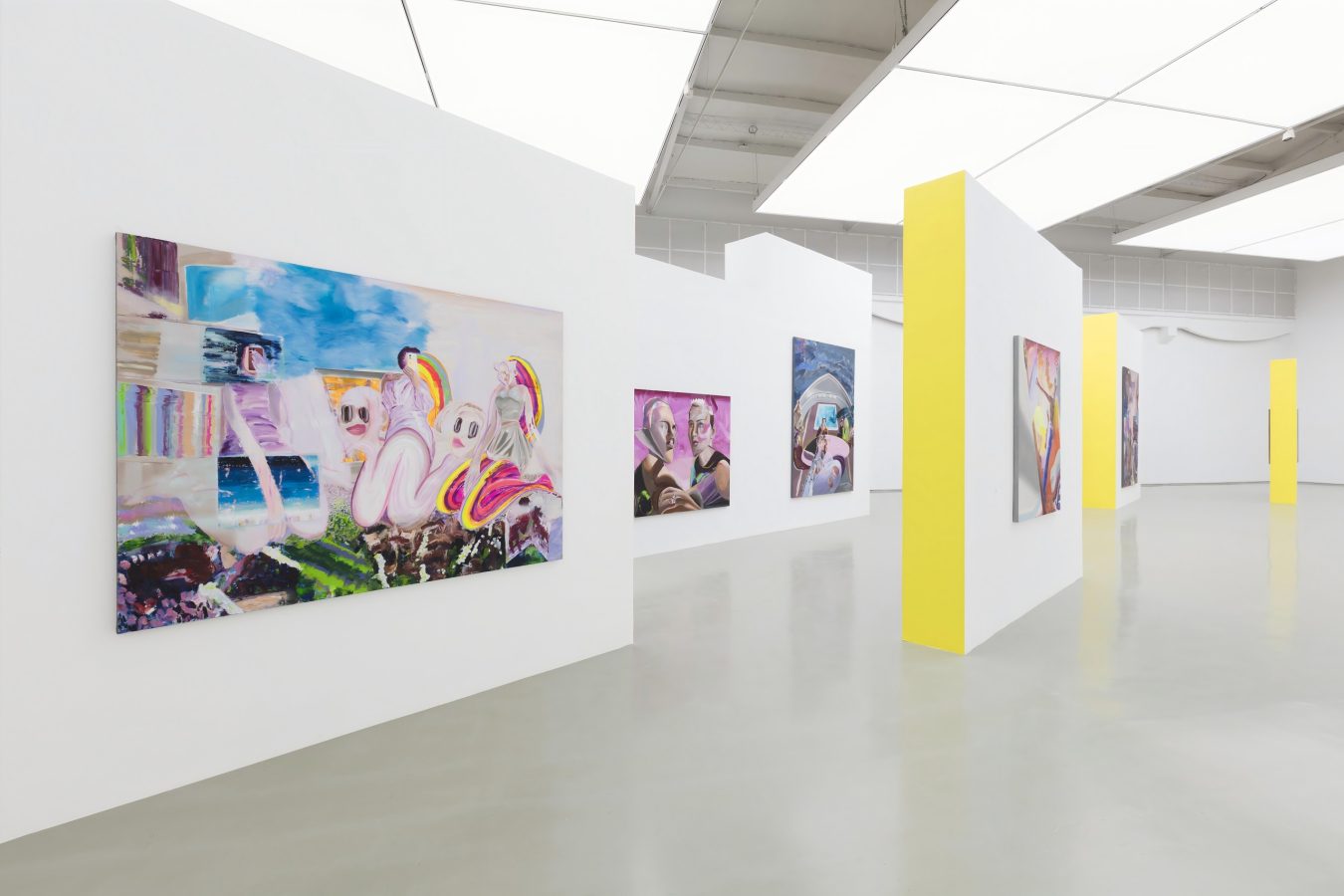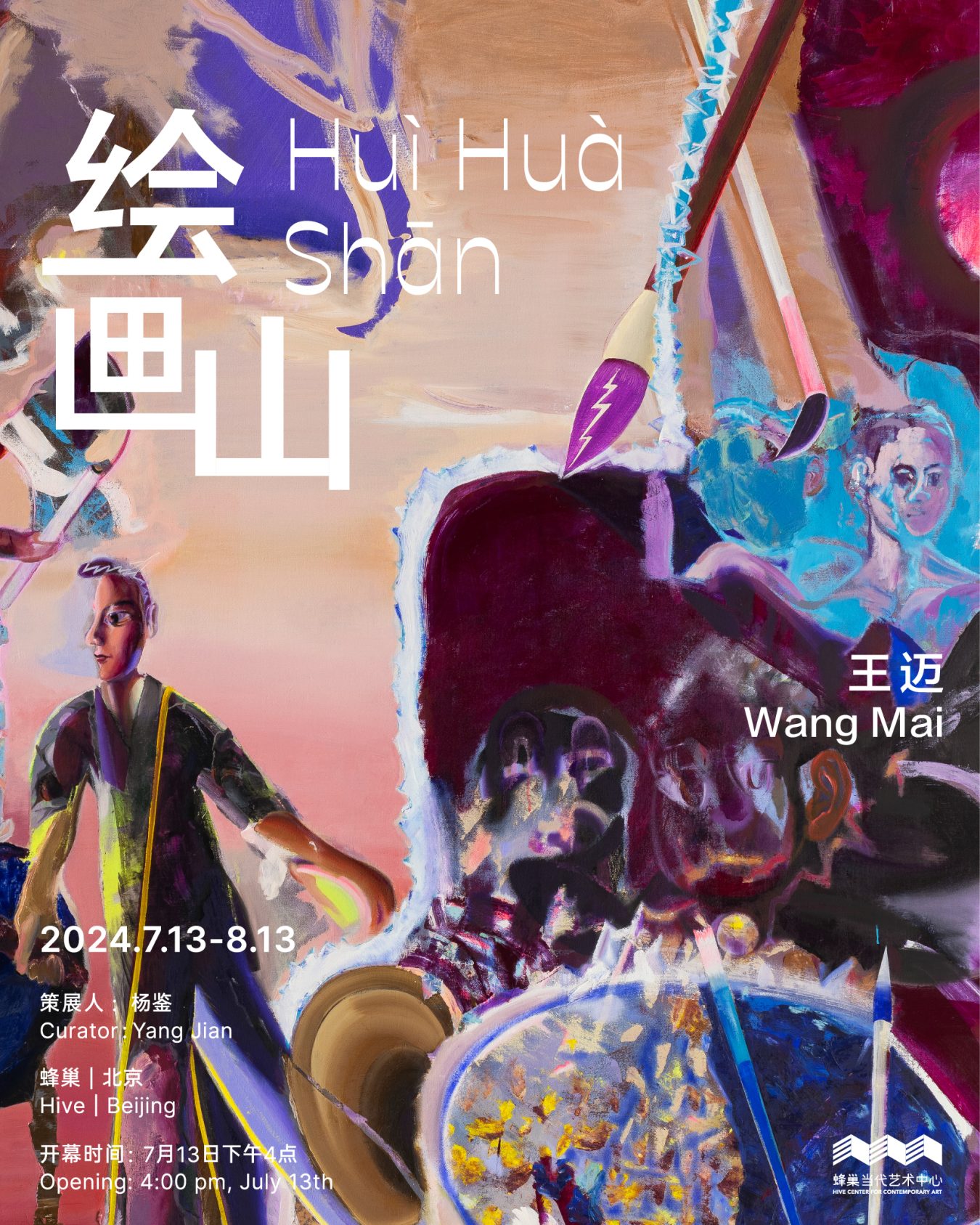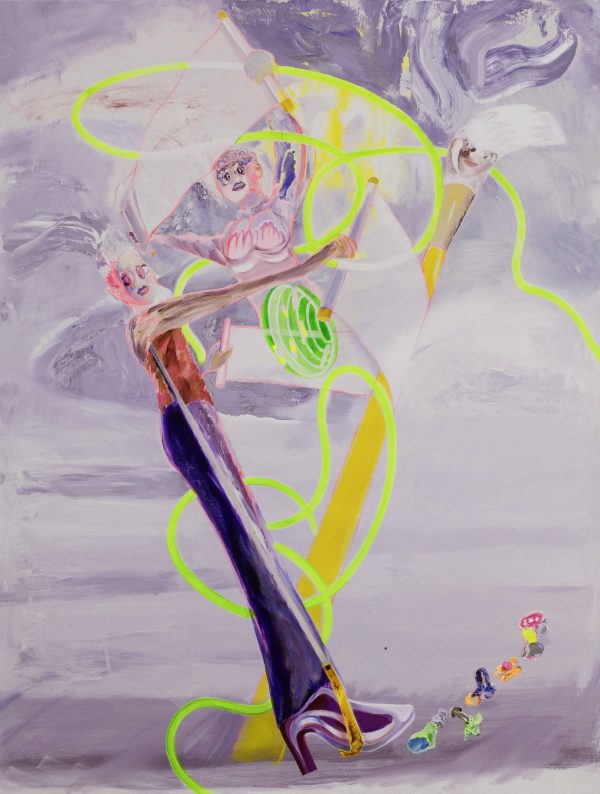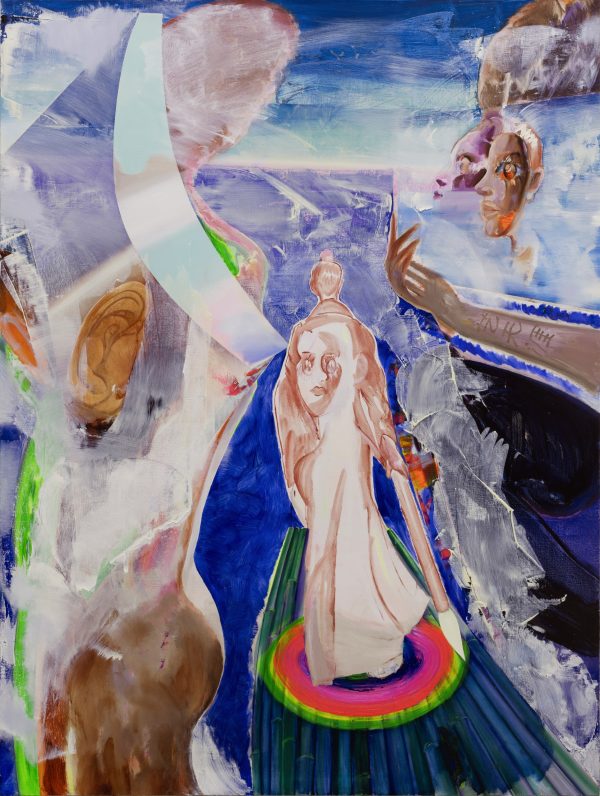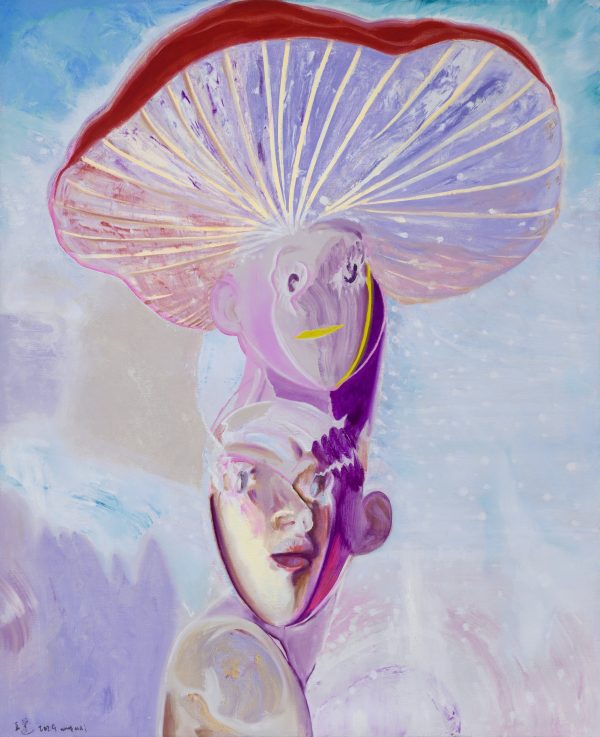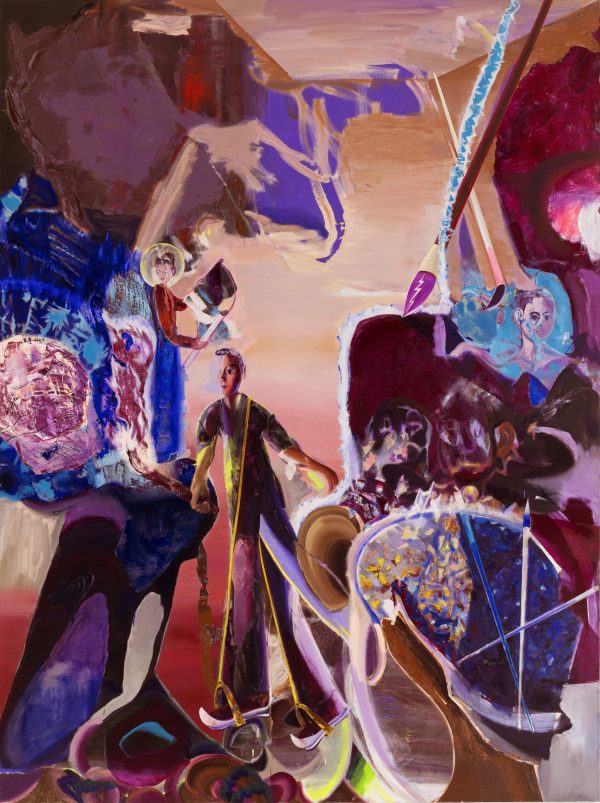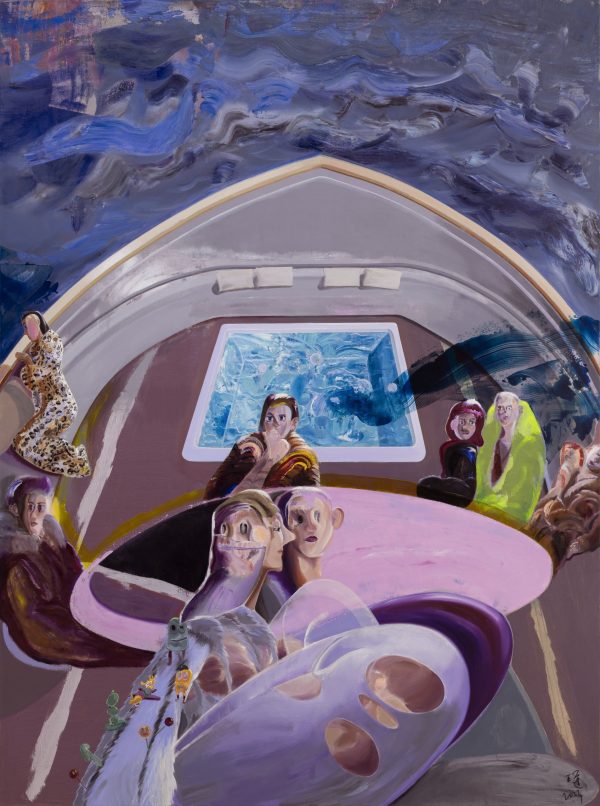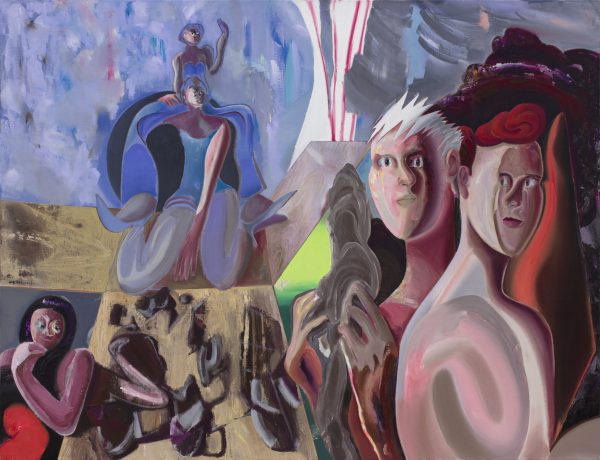Hive Beijing is honoured to announce Wang Mai’s upcoming solo exhibition “Huì Huà Shān”, on view since 13 July 2024 in Hall A. This exhibition serves as a survey of Wang Mai’s conceptual paintings over the past few years. Curated by Yang Jian, this show will be on view until 13 August 2024.
“Huì huà shān”, the title of the exhibition, refers to Wang Mai’s description of his artistic practice and understanding of painting in recent years. As opposed to installation and sculpture that depend on physical space, “huì huà”, meaning painting and to paint, remains persistent as an entity that cannot be modelled but carries a profound sense of time and space, since painterliness and its tradition as an existing reality are recognised as a medium of intuition and sensibility. The “shān”, or mountain here, suggests a process of climbing and extreme endeavour, a Sisyphean effort to explore the archetypal world, followed by Wang’s self-examination and retrospection of his previous creative approach of reliance on rationality, knowledge, and information. An indispensable participant of the Yuanmingyuan Artists’ Village, since the early 1990s, Wang has been developing his creative structure of interdisciplinary art encompassing painting, sculpture, poetry, installation, performance art, and many other disciplines. In his recent practice, Wang transformed the immediate response to reality in his former creative approach into the organisation and collection of the state of affairs at present. This intriguing yet spontaneous process is similar to how the most fascinating part of a climb is often not fixating on the path below, but rather the occasional glance back at the mountain ranges and meandering peaks already crossed, thereby fueling the interest and desire to keep climbing.
Beginning around the turn of the century, Wang Mai has progressively and methodically established an emblematic system of conceptual grammar, with the intention of challenging the static structure of the art medium and language while creating a visual reference in the flux of symbolising the different eras. Wang Mai absorbs from the soil of modernism the legacy of capturing readymade objects and visual materials through a social approach, then utilises the contemporary, transformative, and fragile nature of these existing materials to dismantle the authority to which they previously referred. This process of deconstruction exceeds mere critique and reflection, it also indicates an openness to demolition and reconstruction. Through a suspenseful presence and parodic, provocative works, Wang confronts society’s reliance on existing objects and people’s obsession with materiality, and examines how they empower and dominate the sense of time and significance in our reality.
As one of the earliest artists to explore such a phenomenon in contemporary China, in re-examination of his identity and art historical resources, Wang Mai reintroduces the topic of consumerism in the form of landscape painting, in an attempt to create more facets to present the diversity of contemporary consumerism, its historical significance, and the complexity surrounding the realities of lives. Interestingly, Wang adopts a rather retro tone and texture, in which fluorescent colors, electronic screens, and other elements he once embraced are revived and re-appropriated, connecting to the threads of his development of practice, and elaborating on the eternal nature of consumption and desire through encapsulation. In this way, we can still perceive indistinctly the lingering political references in his work, as he participates in the grand narrative of mainstream contemporary Chinese art; only that some ambiguous features have been appropriated into a nostalgic language and mixed with elements of pop art, commercial collage, cartoon, and even religious painting that Wang humorously introduces into his work, becoming some bizarre and grotesque composite. In the artist’s work, the political elements may have been established as a personal and inextricable, wearisome yet playful visual residue.
Now, with our existing knowledge of Wang Mai, we can boldly imagine all the paintings in this exhibition as a massive cohesive installation. Gazing intently, we step into the mountains and enter the realm of dreams unconsciously. Without a doubt, Wang is still climbing and building up this treacherous peak that is painting, an unknown direction his figures enthusiastically run towards just as we often perceive in the works. Perhaps, it is through the passionate and resolute figures that Wang, using the medium of the unknown and unspecified, unveils to the viewer a subtle yet profound paradox, that is, only through chaos can the mysteries of the current time be clearly revealed.
